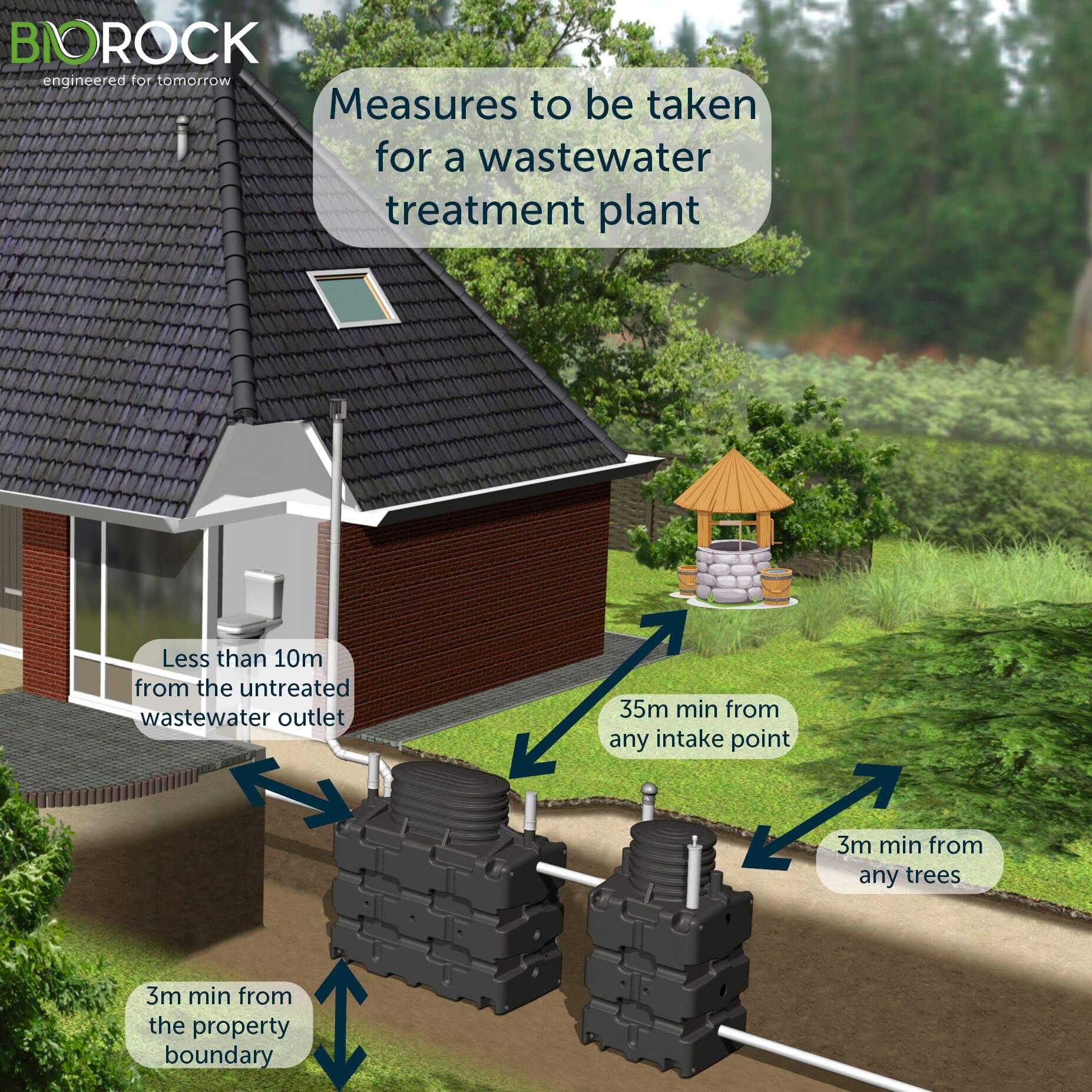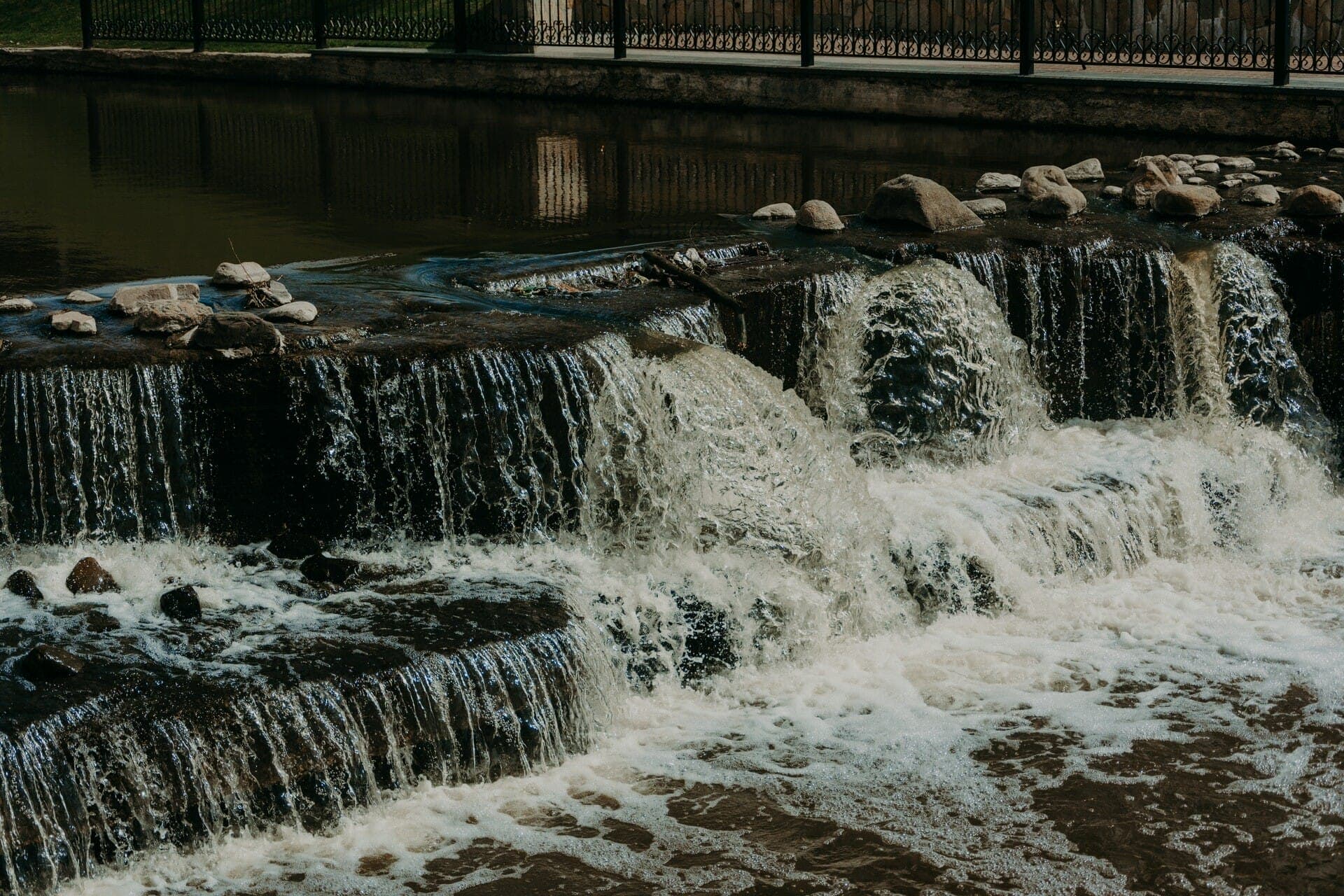When it comes to sewage systems, regulations vary from one municipality to another. In order to ensure that your sewage system is installed correctly and meets all the necessary safety requirements, it is important to be familiar with the rules in your area.
In this blog post, we will discuss some of the key regulations governing sewage systems, as well as tips on how to protect yourself in case of a faulty installation. We'll also talk about flood zones and how they impact sewage systems.
One of the most important aspects of sewage system regulation is ensuring that the system is installed correctly. This means that the system must be designed and installed by a qualified professional. In addition, the sewage system must be inspected by a qualified individual before it can be used.
Sewage systems are an important part of any home or business. They are responsible for collecting and disposing of wastewater. In order to ensure that sewage systems are installed correctly and function properly, there are a number of regulations that must be followed. These regulations vary from one municipality to another, so it is important to be familiar with the rules in your area.
Some of the key regulations governing sewage systems include:
Failure to comply with these regulations can result in significant fines. In addition, if a sewage system is not installed correctly, it can pose a serious health hazard to those who use it. As such, it is important to make sure that you are familiar with the regulations in your area and that you follow them closely.
Generally in most countries, you will need to have your sanitation file validated before starting the construction and installation.
Here are some details that you may need to supply in order for your application to be validated:

If the file is compliant and all the necessary information is provided, you can proceed with the work. If not, the necessary corrections will have to be made.
Indeed, on the day of the work, the local authority should be there to verify that the pipes' slopes at the entrance and exit of installations are correct, as well as wet soil conditions (if you choose a micro plant), backfilling procedures, discharge types.
The local authority must also check that the installation complies with the file submitted by the individual and validated by him. Even if your file is accepted, you must inform the local authority before starting any work!
 If you have followed the regulations and had your sewage system installed by a qualified professional, you should be covered by their insurance in the event of any problems. In addition, most sewage systems come with a warranty that will cover any defects or problems that may arise.
If you have followed the regulations and had your sewage system installed by a qualified professional, you should be covered by their insurance in the event of any problems. In addition, most sewage systems come with a warranty that will cover any defects or problems that may arise.
However, it is always a good idea to check with your insurance company and sewage system manufacturer to make sure that you are fully protected.
Before carrying out any construction work, you will need to take out insurance that allows you to be reimbursed or to have the work done to bring the building up to standard before the court decision on the responsibilities of each party is pronounced.
Moreover, you must verify that the installer has a decree and remind him (if necessary) that the ministerial approvals issued must include a "user guide". This user's guide specifies the installation conditions of the approved devices. These are the installation conditions recommended by the manufacturer.
What to do if your system has been improperly installed and, for example, moves on the ground because of inadequate straps?
In the event of a problem with your sewage system, the first step is to contact the company that installed it. They will be able to assess the situation and determine what needs to be done to fix the problem. In most cases, they will also be able to provide you with a warranty or insurance claim form.
If you are not able to get in touch with the company that installed your sewage system, you can contact your local sewage treatment plant. They will be able to help you troubleshoot the problem and may even be able to provide you with a list of qualified sewage system professionals in your area.
Finally, if all else fails, you can always contact your local authority. They will be able to help you determine if there is a health hazard associated with your sewage system and can provide you with information on how to fix the problem.
Sewage systems are an important part of keeping our homes and businesses safe from harmful bacteria and viruses. While most sewage systems are installed correctly and function without issue, there are times when problems can arise. If you find yourself in a situation where your sewage system is not working correctly, there are a few steps you can take to get it back up and running:
By following these steps, you can ensure that your sewage system is repaired quickly and efficiently and that you and your family remain safe from harm.
You also need to take into account the different flood zones when you're planning on installing a sewage system.

Flood zones are areas that are at risk of being flooded by stormwater or sewage during heavy rains. These areas are typically located near rivers, lakes, or oceans. If your property is located in a flood zone, there are certain regulations that you must follow in order to ensure that your sewage system is properly protected from flooding.
Some of these regulations include:
By following these regulations, you can help to protect your sewage system from being damaged by flooding.
Each case in a flood zone is different and complex, your local authority service and your design office specializing in individual sanitation are the best places to inform you about the different possibilities or prohibitions in your case.
In the case of natural disasters, the reimbursement of costs is normally quite simple to obtain. It should be noted, however, that under the pressure of increasingly frequent natural disasters, insurers have obtained a lower level of reimbursement than they used to be, especially for damage to land, plants, and plantations.
In areas at risk, it is therefore very important to choose your device carefully and to respect the manufacturer's installation conditions.
To find out if the system you have chosen is suitable for wetlands, refer to its approval file or to the user's guide, which includes the installation conditions for the type of soil.
If the manufacturer has clearly indicated in its ministerial approval file that its equipment "is not designed to be installed in a flood zone" or "that it is strongly discouraged to install the treatment unit in a declared flood zone", you cannot install this system. In case of a disaster, there is no guarantee of compensation if the manufacturer's user guide does not mention that the device can be installed in a flood zone.
In addition, the BIOROCK domestic wastewater treatment systems are perfectly adapted to specific installation situations related to the presence of groundwater. Your BIOROCK installer can therefore install your tanks in wet areas. Also, you need to know that the BIOROCK sewage treatment plant is not designed for installation on a flood plain and can never be (as with all of our competitor's systems) submerged in water without damage occurring. Learn more here!
In conclusion, it is very important to be familiar with the regulations concerning sewage systems and flood zones before you install a sewage system on your property. By following these regulations, you can help to protect your sewage system from flooding and other damage. If you have any questions about sewage systems or need help troubleshooting a problem, please contact the local authority or a sewage system professional for assistance. If you want to opt for a totally natural and sustainable sewage solution, contact us here!